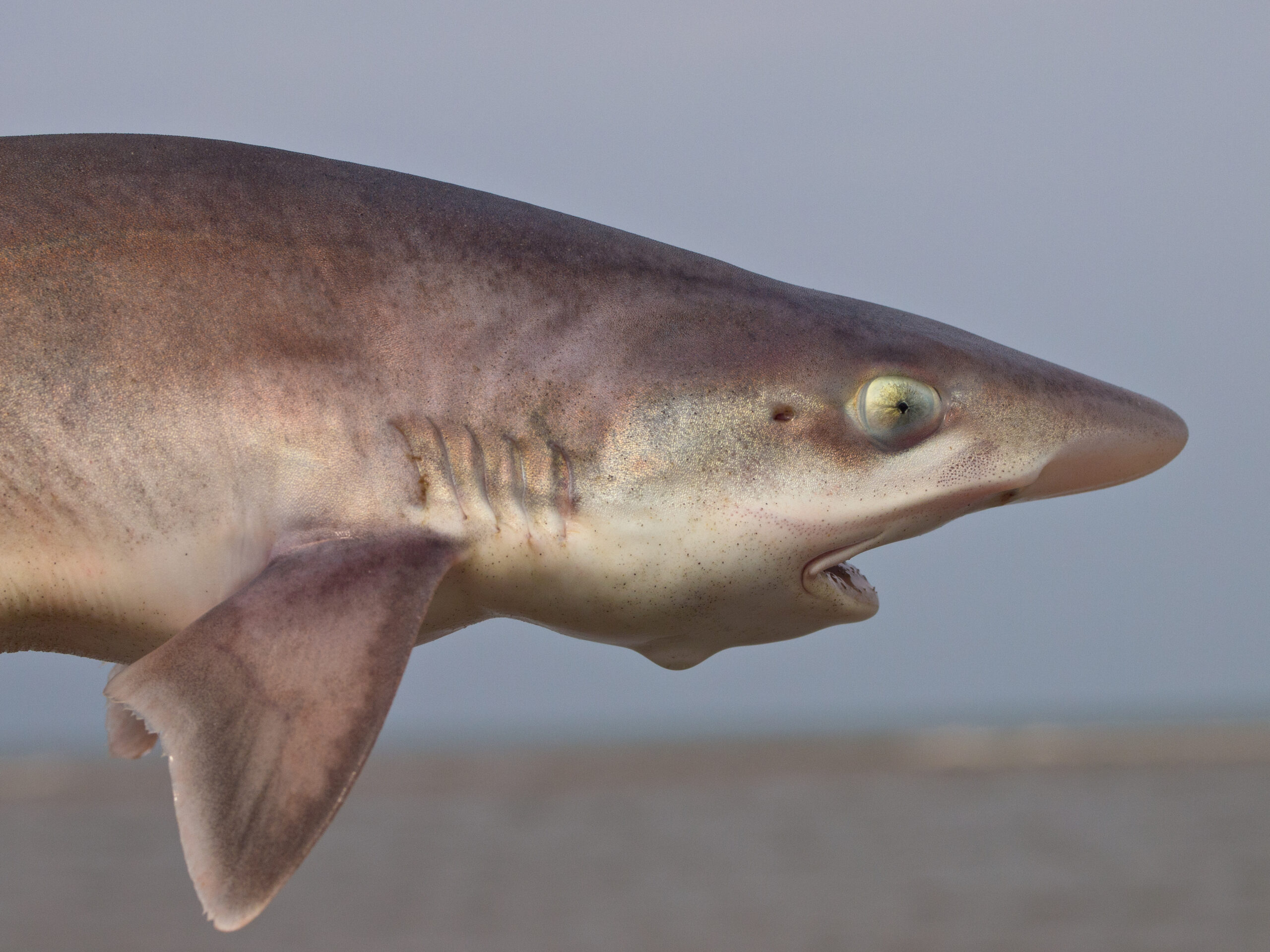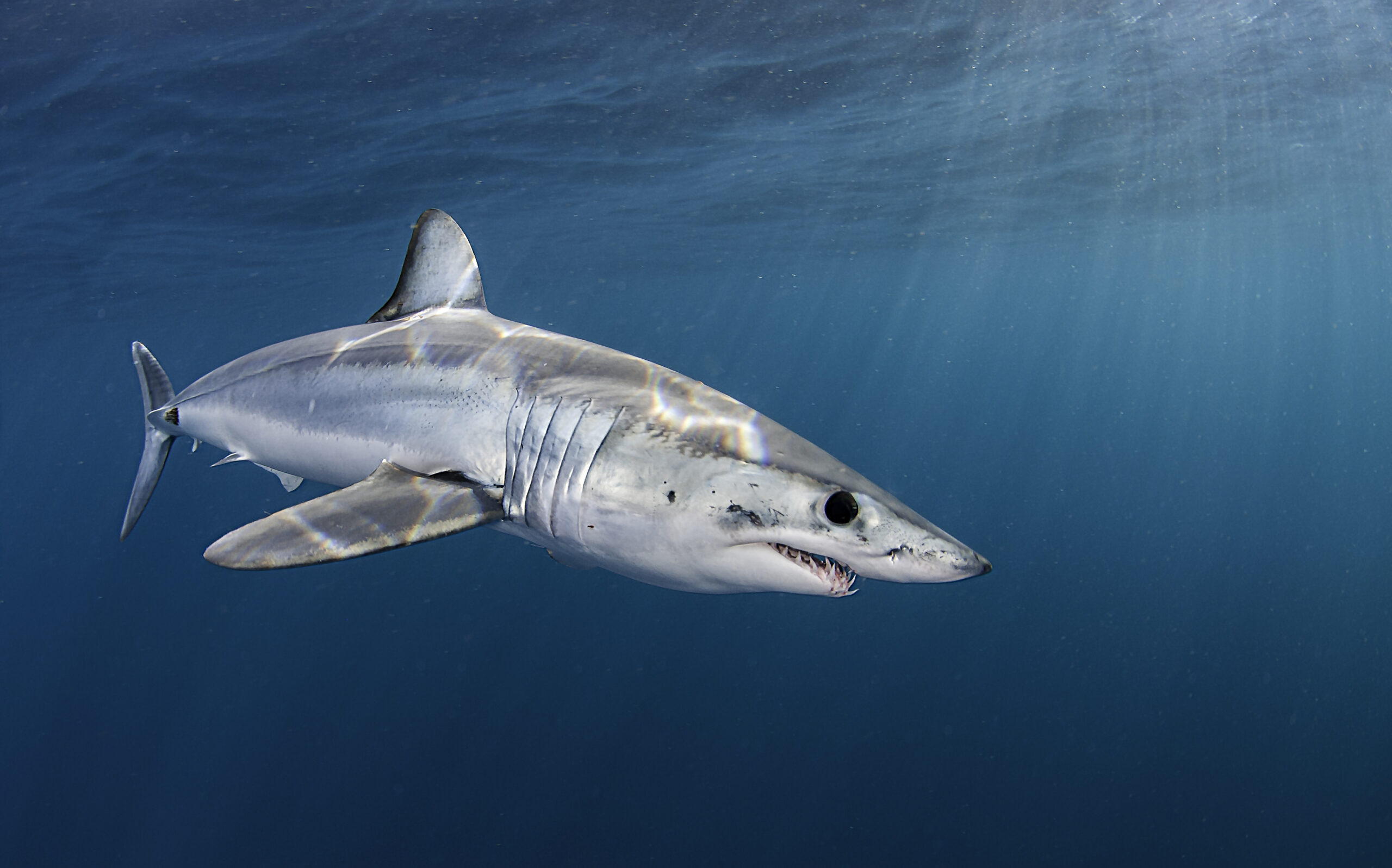Are sharks and rays important for nutritional security?
Sharks and rays play crucial roles in marine ecosystems and coastal communities, but beyond their ecological and cultural significance, these animals also contribute to food security and livelihoods in many parts of the world. In recent years, sharks and rays have been emerging as fundamental contributors to dietary diversity, particularly in regions where traditional protein sources have declined. This raises the question: is the consumption of shark and ray meat also contributing to the nutritional security of coastal communities across the globe? Well, that is what we aim to find out!

A common smooth hound shark (Mustelus mustelus); a species caught for food. Photo © Rudmer Zwerver | Shutterstock

A shortfin mako shark (Isurus oxyrinchus); one of the shark species commonly caught for its meat. Photo © Wildestanimal | Shutterstock
Fish meat is generally marketed as high-quality protein, a good source of omega-3 fatty acids, vitamins, and minerals, contributing to heart health and cognitive function, and with the potential to address dietary deficiencies. Shark and ray meat, as fish meat, can also be perceived as a healthy and nutritious source of protein. Unfortunately, we do not yet know how healthy shark and ray meat may actually be as their nutrient composition is largely unknown, especially when compared with highly consumed finfish species, like salmon and sardines. The necessity to understand shark and ray meat nutritional benefits has increased as recent studies show that some species contain high levels of bioaccumulative contaminants, such as methyl mercury (MeHg); with health risks potentially outweighing nutritional benefits.

Shark and ray meat being weighed on a scale. Photo © Marcia Freire
At critical times of economic insecurity and vulnerability to climate change, it is essential to acknowledge the role of shark and ray meat in providing coastal communities and global consumers with the opportunity to diversify their diets, maintain livelihoods, and address nutritional deficiencies. Consequently, understanding the nutritional content of shark and ray meat also becomes critical to address the environmental concerns associated with their exploitation. Unsustainable fishing practices and habitat degradation pose serious threats to coastal and pelagic shark and ray species and might even disrupt marine ecosystems. Striking a balance between meeting nutritional well-being and improved livelihoods and implementing responsible fishing practices and conservation is essential to ensure the long-term viability of shark and ray populations.

Shark and ray meat being weighed on a scale. Photo © Marcia Freire
This blog underscores the potential of shark and ray meat for nutritional security, and the importance of acknowledging this reality to develop effective conservation measures. In the upcoming months, we will examine the nutrient profile of the most consumed shark and ray species in important regions and compare their nutritional values with other fish species. In our next blog, I will share details about the sample collection and nutrient analysis.
